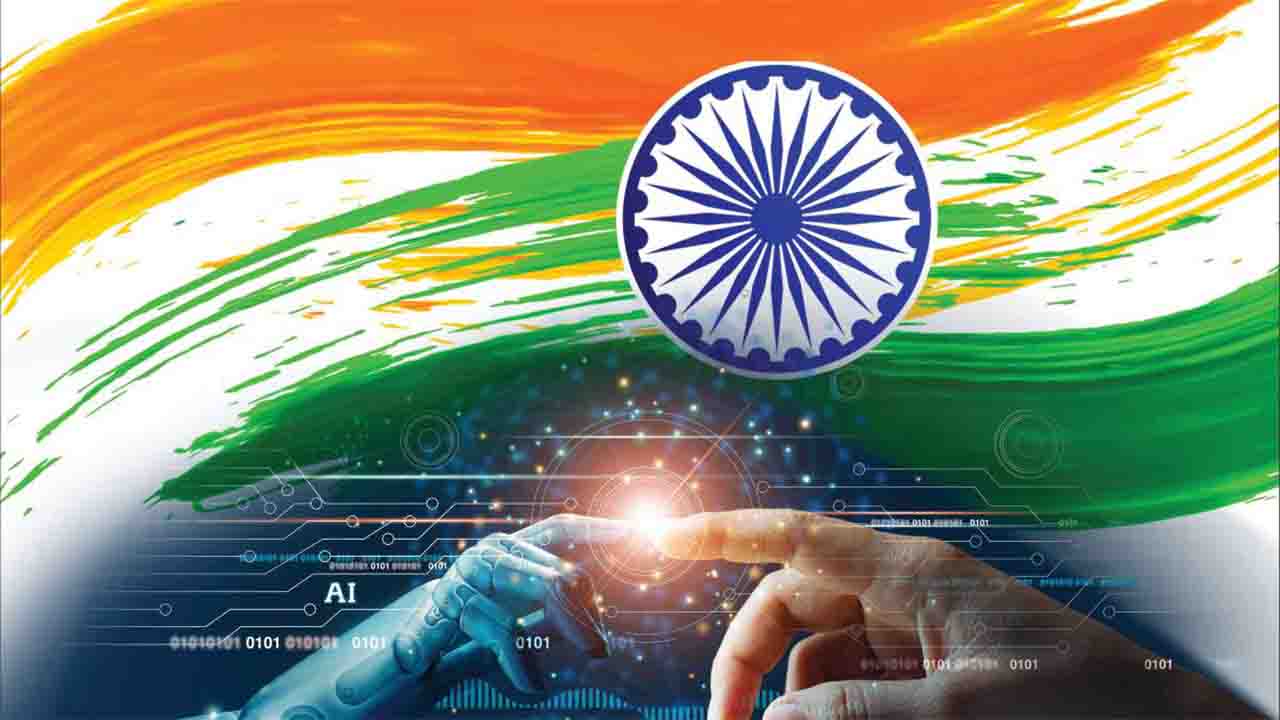The development of large language models (LLMs) like ChatGPT has sparked a wave of innovation and competition worldwide. In India, there has been a surge of interest in creating a similar indigenous AI tool, with several companies and organizations actively pursuing this goal. However, recent developments have raised concerns among experts regarding the feasibility and potential limitations of these endeavors.
In June 2023, during a visit to India, Sam Altman, the CEO of OpenAI, the creators of ChatGPT, made a controversial statement. When questioned about the possibility of an Indian company building a comparable LLM, he expressed skepticism, suggesting that such an attempt would likely be unsuccessful. This remark, perceived as dismissive of India’s potential in the field of AI, went viral and ignited a national conversation.
Despite this external skepticism, several Indian entities have embarked on the ambitious journey of developing their own LLMs. This year has witnessed a continued effort towards creating India-specific LLMs, aiming to cater to the unique linguistic and cultural nuances of the country. However, recent events within the past ten days have cast a shadow of doubt on the immediate success of these endeavors.
Two specific developments have garnered significant attention: the launch of Krutrim, an AI tool by Ola, and the issuance of new directives by the Ministry of Electronics and Information Technology (Meity) on Friday.
Krutrim, unveiled by the Indian ride-hailing giant Ola, has been met with mixed reactions. While its launch marks a noteworthy stride towards domestic AI development, its performance has fallen short of expectations. Experts have expressed concerns regarding the tool’s capabilities, highlighting limitations in its ability to effectively answer queries and engage in meaningful conversations.
Furthermore, the recent directives issued by Meity have introduced additional complexities to the Indian AI landscape. These directives, aiming to regulate the development and deployment of AI tools, have been criticized by some experts for being overly restrictive. They argue that these regulations might stifle innovation and hinder the progress of Indian AI companies attempting to compete on a global scale.
The confluence of these events – the underwhelming performance of Krutrim and the perceived stifling effect of the new Meity directives – has created a sense of uncertainty and worry within the Indian AI community. While the nation’s aspirations to develop its own advanced AI tools remain strong, the path forward appears fraught with challenges.
Moving forward, it is crucial for stakeholders in the Indian AI ecosystem to navigate these challenges strategically. Continued research and development efforts, coupled with a collaborative approach between the government, industry players, and academic institutions, will be essential to ensure the success of homegrown AI initiatives. Additionally, fostering a supportive regulatory environment that encourages innovation without compromising ethical considerations will be vital in propelling India’s AI aspirations forward.
In conclusion, India’s journey towards developing its own advanced AI tools is marked by both ambition and challenges. While initial efforts like Krutrim have generated mixed reviews, and recent regulatory developments raise concerns, the collective efforts of the Indian AI community hold the potential to overcome these hurdles and contribute meaningfully to the global landscape of artificial intelligence.








